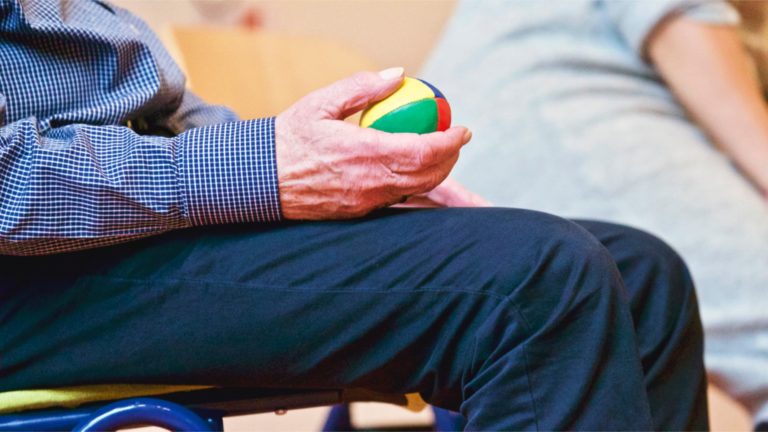Occupational Therapy: Helping you live the best life.

It’s Occupational Therapy Month and most of us at some point in our lives will need occupational therapy, but do you know what an occupational therapist does? Keep reading to learn a little bit about what they do and be sure to thank an occupational therapist for their hard work!
What is occupational therapy?
Defined by the American Occupational Therapy Association, occupational therapy is the only profession that helps people across the lifespan to do the things they want and need to do through the therapeutic use of daily activities (occupations). Occupational therapy practitioners enable people of all ages to live life to its fullest by helping them promote health, and prevent—or live better with—injury, illness, or disability.
There are two professional levels of occupational practice- occupational therapist and occupational therapist assistant.
You can find occupational therapists in a variety of settings:
- Hospitals
- Schools
- Rehabilitation centers
- Mental health facilities
- Private practices
- Children’s clinics
- Nursing homes
Duties
According to the Bureau of Labor Statistics, occupational therapists typically do the following:
- Review patients’ medical history, ask the patients questions, and observe them doing tasks
- Evaluate a patient’s condition and needs
- Develop a treatment plan for patients, identifying specific goals and the types of activities that will be used to help the patient work toward those goals
- Help people with various disabilities perform different tasks, such as teaching a stroke victim how to get dressed
- Demonstrate exercises—for example, stretching the joints for arthritis relief—that can help relieve pain in people with chronic conditions
- Evaluate a patient’s home or workplace and, on the basis of the patient’s health needs, identify potential improvements, such as labeling kitchen cabinets for an older person with poor memory
- Educate a patient’s family and employer about how to accommodate and care for the patient
- Recommend special equipment, such as wheelchairs and eating aids, and instruct patients on how to use that equipment
- Assess and record patients’ activities and progress for patient evaluations, for billing, and for reporting to physicians and other healthcare providers
Occupational Therapy vs Physical Therapy- what’s the difference?
The main difference between occupational therapy and physical therapy is that OT focuses on fine motor skills, cognitive skills and sensory- processing deficits and PT focuses on a person’s pain, strength, range of motion and endurance (KidsHealth from Nemours).
Johnston Health offers occupational therapy through our rehabilitation services. You must have a physician’s referral. Learn more about our rehabilitation services.